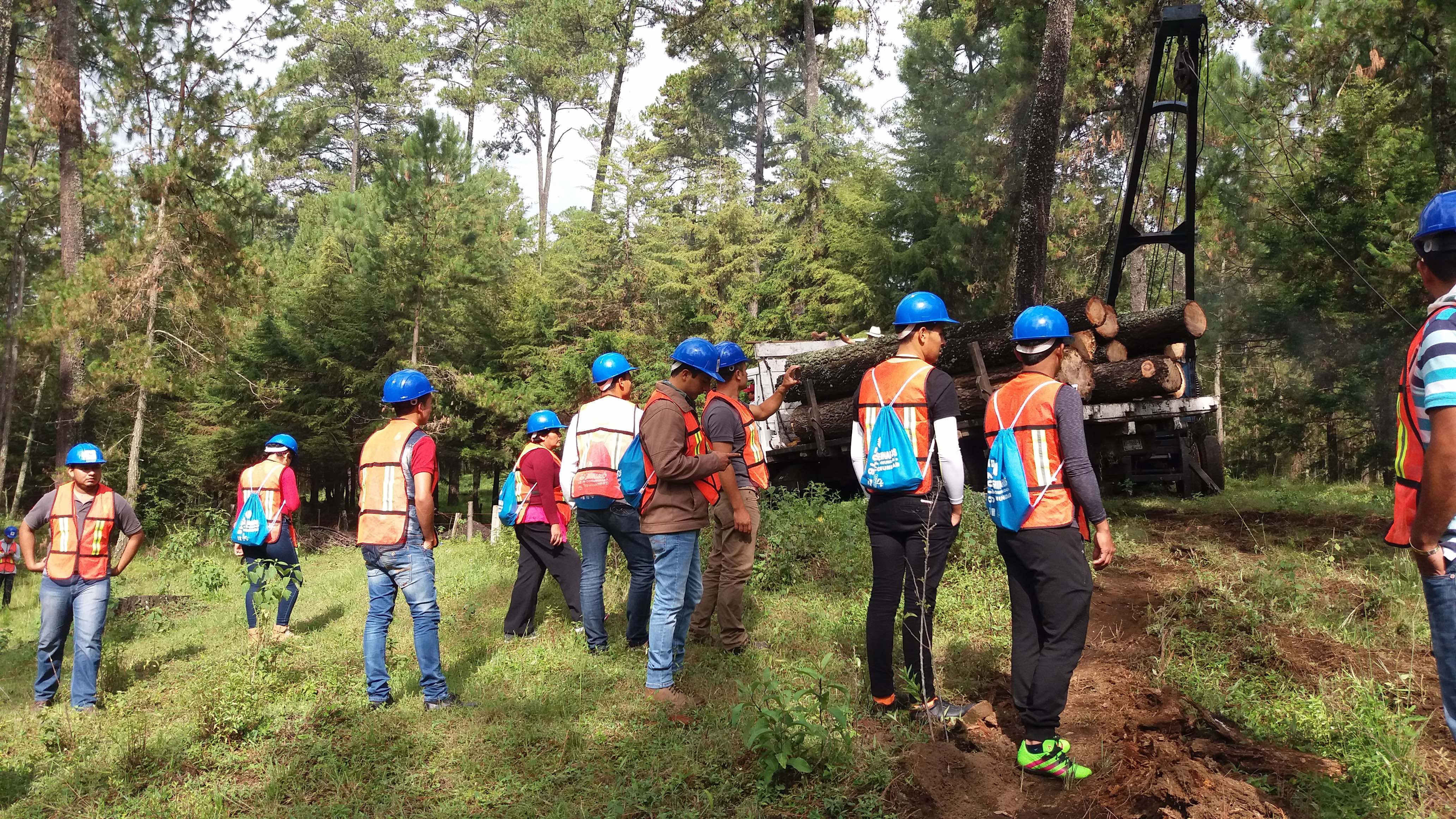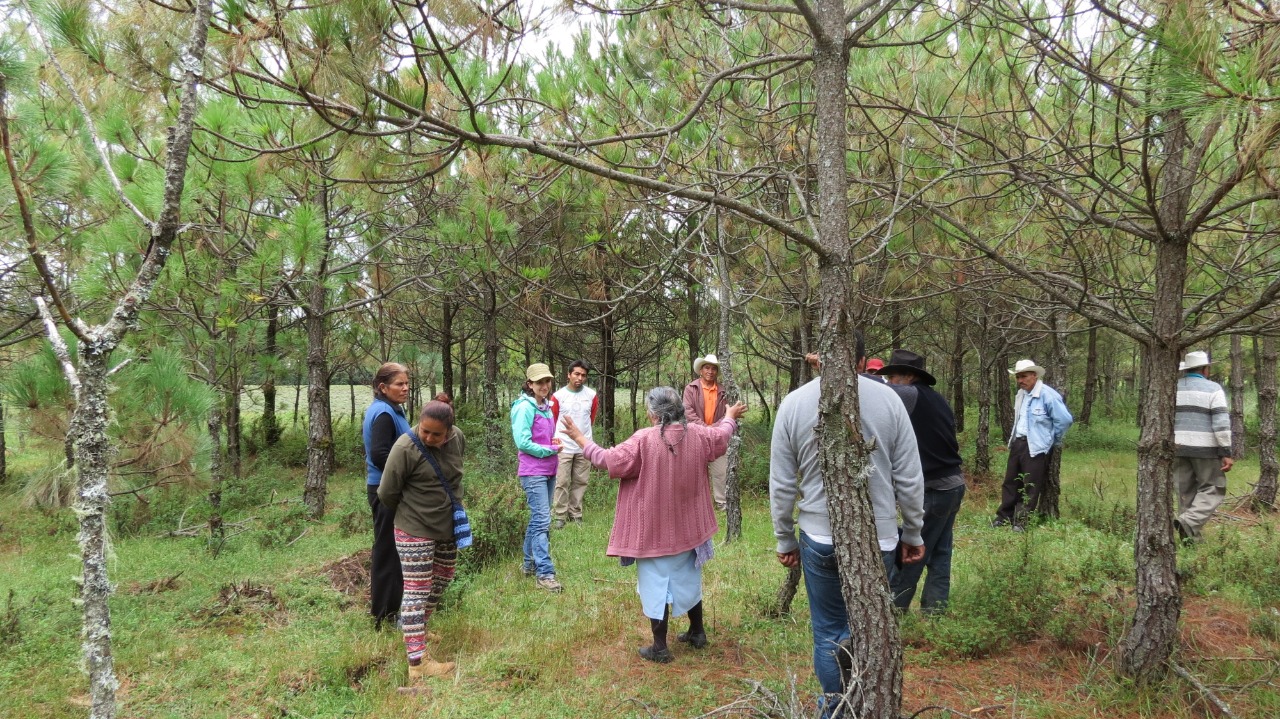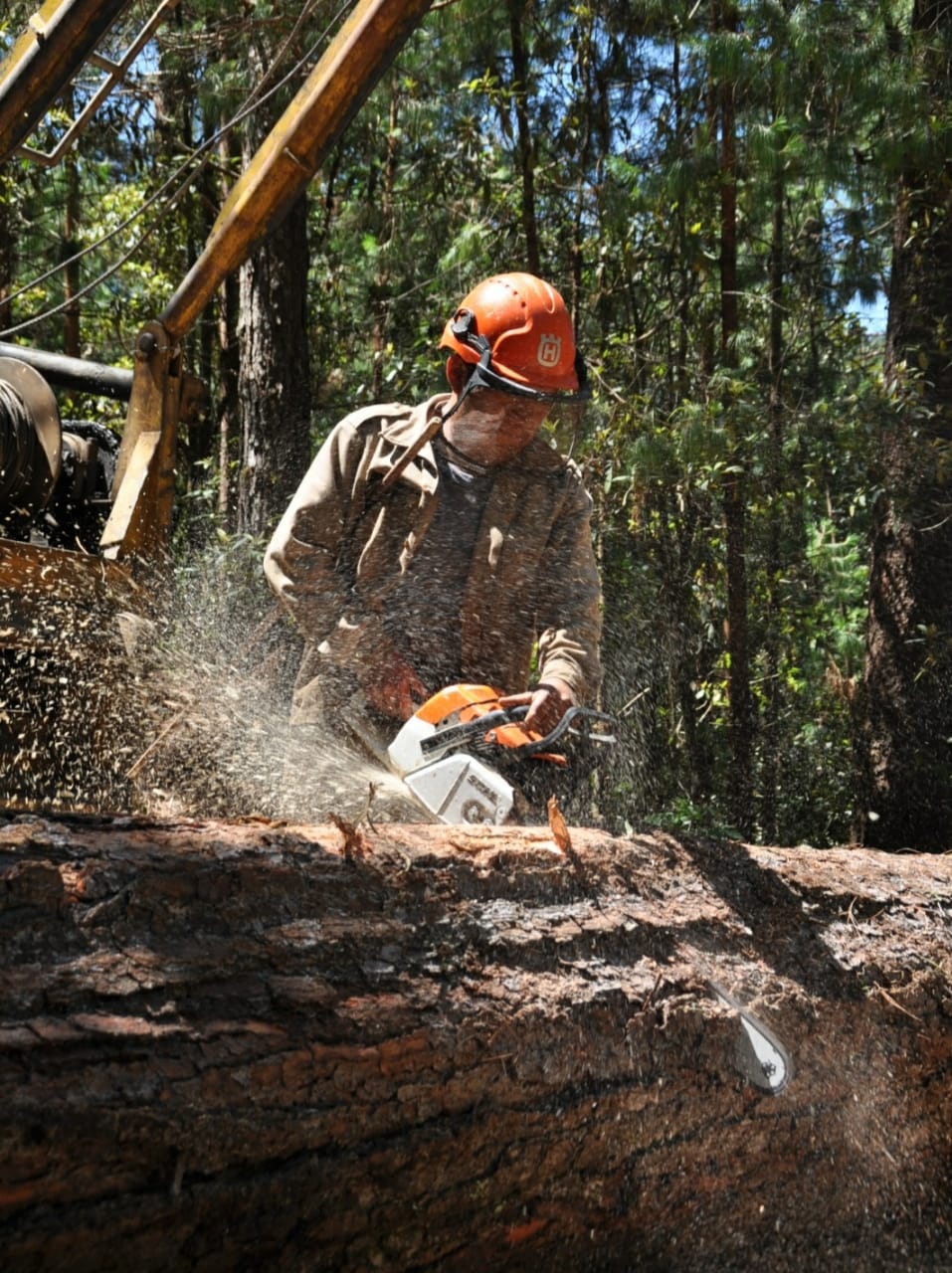- A new study by the Center for International Forestry Research (CIFOR) looked at community natural resource management in Mexico, Guatemala, Nepal and Namibia.
- The research highlights the importance of government recognition of communities’ rights to manage natural resources and promoting investment in these initiatives.
- The communities still struggle to obtain sustained government support in some cases, and rights to consultation are often sidelined in favor of large infrastructure projects.
What do countries like Mexico, Guatemala, Nepal and Namibia have in common? All four are home to rich repositories of biodiversity. But each country has also developed models for community management of natural resources, demonstrating that sustainable and inclusive development is possible.
A study published by the Center for International Forestry Research (CIFOR) aimed to pick out the factors that contribute to the success of these projects. The authors say they have identified keys to support such community efforts as a way to conserve their forests and biodiversity.

Iliana Monterroso, a CIFOR researcher and co-author of the study, says it’s important that governments not only acknowledge the collective rights of the communities, but also create the conditions for communities to exercise these rights. She also emphasizes the importance of driving investment in these community models. If there is investment in community resource management, she says, “We all win: the forest, the state and the communities.”
Four experiences of community management
For their study, researchers chose Mexico, Guatemala, Nepal and Namibia because each country has laws in place to recognize the rights to manage common goods.
In Mexico, between 60% and 70% of forests are found on land belonging to communities or communally farmed lands, known as ejidos. However, it was not until the early 1980s that communities convinced the government to recognize their right to manage the forests. By 2017, more than 2,100 ejidos and communities had forest management permits, according to the data compiled in the study.
In 1994, communities in and around the Maya Biosphere Reserve in Guatemala obtained contracts for community forest concessions from the government. Through these agreements, they are able to extract timber and non-timber forest products, such as food and medicine, and develop ecotourism, following programs for conducting these activities sustainably.

In the case of Nepal, local forest management progressed gradually until the country’s forest act passed in 1993, legalizing community forestry in its various forms. In 2017, the country had 22,266 community forestry communities, with around 2.9 million households participating in a country that covers 223,700 square kilometers (86,370 square miles).
In Namibia, community-based natural resource management was institutionalized in 1996. In practice, the concept allows residents of an area to form communal conservancies and through them develop management plans to administer, conserve and benefit from the wildlife and other natural resources found in their lands. The country had 83 registered conservancies covering 163,000 km2 (63,000 mi2) in 2017.
Various studies have documented successful cases of community resource management in the four countries that have halted deforestation and conserved biodiversity along with achieving inclusive and sustainable development of the communities.

The CIFOR study, which involved analyzing pertinent research and interviewing experts on community forestry and sustainable development, identified the importance of clearly recognizing the rights of communities in natural resource management.
In addition, the authors explored how investment patterns evolve during the different stages of the development of community forests. They found that investment principally comes from donors, governments and within the communities most of all. Investment from the private sector has increased over time, however.
The researchers underlined the importance of investing in community forest enterprises: Not only are they a proven mechanism for conserving forests and biodiversity, but their earnings are reinvested in social services and development within the communities. Without support, such efforts could wither on the vine before fully providing these benefits, the authors say.
“Lack of financial capital,” they write, “limits community forestry institution growth and success.”
The communities that obtain investment and, in particular, achieve strong internal governance possess more tools for moving forward in the different stages of forest management.

Mexico: Rights, but only in part?
Iliana Monterroso says that Mexico was a pioneer and is an example of community forest management. The country’s forestry communities have been a model for similar initiatives, including enterprises being developed in Guatemala and Nepal.
Monterroso also says the situation in Mexico illustrates the importance of clear and total recognition of the rights of communities to manage their natural resources.
While collective ownership of land has been recognized in Mexico since the early 20th century, communities could not manage the forestry resources located on their lands. For decades, the government awarded concessions to private companies, which made use of the forests.
“Collective land ownership was recognized, but not the right to manage the forests,” Monterroso says, which didn’t come until the 1980s.
Monterroso also says that unlike Guatemala or Namibia, community forest management in Mexico has involved state support, which comes with advantages and disadvantages.
The upside has been that the state provided investment as the communities were in the process of adapting. However, communities have also been subjected to excessive regulation, she adds.
“They must meet a series of requirements, as if they were private enterprises,” Monterroso says. The communities carrying out forest management have shown not only that they conserve the forests, but also generate employment and invest in infrastructure and health and education services — socioeconomic benefits that, in Monterroso’s view, must be taken into account.
“In some cases, their investment in social services is greater than that of local governments.”
Broadly, Monterroso says that the potential for investment in community forest management goes unrecognized. Strengthening such models, she adds, maintain the social fabric and keep large forested areas under a proper level of governance.
But the authors have observed that recognition of communities’ rights has regressed in Mexico — for example, when megaprojects, such as the Mayan Train, a 1,500-km (930-mi) passenger rail line in southern Mexico, have been imposed upon communities.
“In practice their right to consultation is not respected,” she says. “The point of recognizing a right is that this right can be exercised.”
Banner image of one of the first use zones run by the La Carmelita Cooperative, in Guatemala, where, after 16 years of natural regeneration, the forest shows no signs of negative impacts, by Carlos Duarte.
This article was first published by Mongabay Latam on February 19, 2020.
